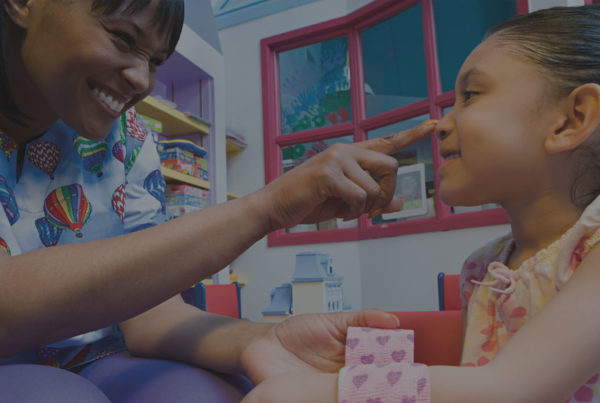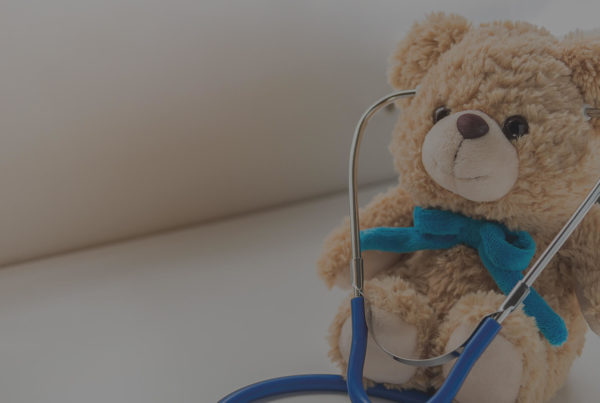Oftentimes when a client comes into KidsPeace for treatment, our multidisciplinary treatment team is tasked with prioritizing and addressing the issues of concern (mostly related to safety). We collaborate with all disciplines, the client, their family, and other stakeholders such as TRICARE to establish a course of treatment that results in increased safety and stabilization, and allows for improved functioning across all areas and strengthened relationships with family, peers, and their communities. In this way, the residential treatment team identifies areas of opportunity, implements strategies to foster change, and assists the clients and their families in maintaining the improved level of functioning.
However, what determines the likelihood of long-term success? Instead of supplying strategies and interventions that will act as a Band-Aid to the wounded and fragmented individuals and relationships, how can we instead help them to truly heal? By definition, to “heal” means to alleviate, to cause (someone, something) to become sound and/or healthy again. When we treat to heal, we significantly improve the chances of long-term success.
Last summer a TRICARE youth entered the female Residential Treatment Center at KidsPeace following two hospitalizations for increased self-injurious behaviors. She was a frequent cutter, using razor blades to cut and carve herself. She had experienced multiple complex traumas in her life, including ongoing sexual abuse from her biological father, and physical abuse from her biological mother. Her grandparents were awarded custody of her, and grew concerned because her behaviors intensified, including a constant preoccupation with death and dying and hypersexualized behaviors toward older men with whom she was communicating online. Upon her admission, she demonstrated a significant avoidance of her past trauma, and casually explained that she had consented to have a relationship with her father, and reported that she still wanted him in her life.
In addition to this avoidance, she also used her intelligence to keep others at arm’s length. She was drawn to research and data of various topics, from religion and witchcraft to the blood types of various animal species. She often used her analytic mind to attempt to discount the therapeutic process. However, as a trauma-informed approach, her clinician used her love of research to join with her, and build trust. Thus began the process of recognizing, processing and overcoming her trauma, which eventually led to healing of herself and her relationships.
For the first time, she and her family learned about various concepts of trauma and how trauma generally impacts everyday life and functioning. In the safe therapeutic environment, she worked with her clinician to develop her personal trauma narrative, which allowed her to finally connect with her past, and all the feelings that she had been holding down for so long.
Simultaneously, her clinician worked with her grandparents to help them understand her past, and how those experiences led to the current behaviors. In the final sharing, the client shared her story from beginning to end with her grandparents, who listened, validated, and supported her. The family confirmed that this was the first time that there was open and honest discussion of her past experiences, and all were grateful for the opportunity for deeper understanding and connection.
In addition to coping skills, and strategies to improve communication and relationships, this young lady and her family were given the gift of healing. With the support of the treatment team, they were able to confront the past, and develop individual and collective strategies to manage and overcome it. They successfully completed treatment as an intact family with a deeper bond. Their experience of healing has prepared them for whatever life has to offer.






